How Alcohol Consumption is Changing
let’s begin
Prohibition is often regarded as dark time for culture. A time when alcohol was banned but speakeasies and shady methods of smuggling abounded. But these days, alcohol consumption is changing towards self-prohibition.
We often look back and wonder how to coped, but today there has been a rise in self-prescribed prohibition, with people taking a step back from alcohol consumption.
Neo-Prohibition
The new form of prohibition sees people policing their own intake of alcohol. It has become a movement to be sober and not drink.
The rise of months like Dry January and Sober October, which raise money for charity
UberEats etc. getting drinks to consumers direct? Will it kill off the vibrant bar scene we have built over the last decade around the world? Rise of neo-prohibition – heavily regulated advertisement, excise charges and tariffs, less socially acceptable… even the humour around it “alcohol is not the answer, it just makes you forget the question”… starting to see these things start to change; people actively reducing their intake, not drinking at all and working out a balance between health and the role alcohol has in one’s life. Informed indulgence, trackers for what we eat and drink, creating satisfying drinks experience without compromising on flavour…
Every adult in the UK consumes one bottle of spirit per year, 2017. Under-indulgence is cool, dry January, non-alcoholic bars and the concept of teetotalism and drive for betterment and non- alcoholism being the new vegetarianism says Richard Woods of Duck & Waffle. “I would stop drinking, but I’m no quitter”. Sugar is also the enemy.
-
BenRiach 5 Year Old Smoky Single Malt Scotch WhiskyRated 4.82 out of 5 based on 11 customer ratings
-
Girvan Single 11 Year Old Grain Scotch Whisky Single Cask SeriesRated 4.87 out of 5 based on 15 customer ratings
-
The GreatDrams of Scotland bookRated 4.92 out of 5 based on 12 customer ratings
Current generation is spending one third of the amount the previous generation did on alcohol.
Most cuisines have spent hundreds, if not thousands of years evolving, why would pairing with spirits no work as a marketing initiative? It will work on a small scale, but not en masse. But giving people drinks choices for when they are eating is interesting, and has a big opportunity ahead… especially with the resurgence of negronis and aperitifs.
The best analogy and target for us to grow revenue share is not craft beer, the white men with beards, “they look like us so must steal their wallet share”… coffee is the way forward, Starbucks was the avocado & toast of the 90’s… when your parents would not believe you would spend £3 on a coffee, that’s the same in spirits.
Bartenders are one of the biggest opportunities, they will always find new ways to innovate with your product and do new things to engage their punters with your product. “They are the biggest single source of growth in spirits of the last fifteen years” – not sure. Bartenders helping each other, discovering old cocktail recipes and sharing has enabled the globalising of cocktails, and whilst consumers may drink less, they will drink better and in new ways and at new occasions. Education is key. Brings people in, elevates consumer spend, empowers people to feel better about themselves and their way of life. Exactly the same with how coffee resonated.
Buy the Limited Edition The Great Drams of Scotland Book by clicking here
What are your thoughts? Leave a comment below and let’s have a chat!
Greg
You might be interested in
More from the blog
Follow greatdrams
latest articles
Latest whisky
exclusively from GreatDrams
-
The GreatDrams Signature Barrel Decanter
£200.00 – £370.00
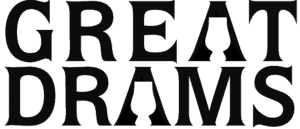


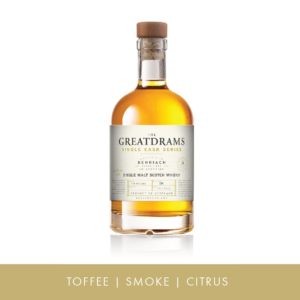
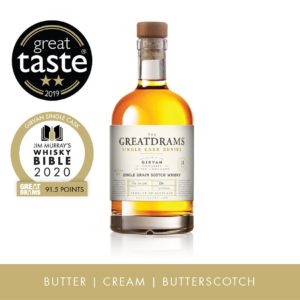
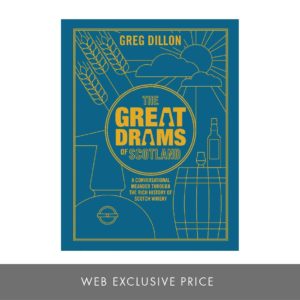
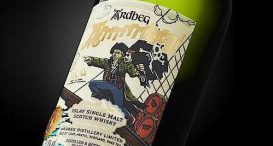
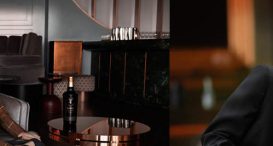
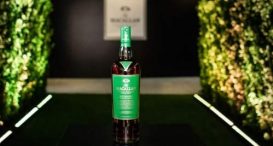
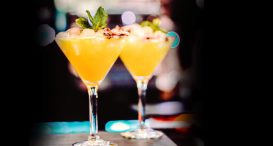
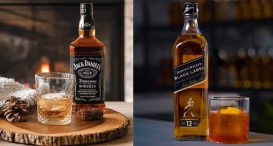
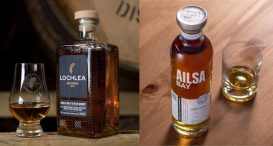
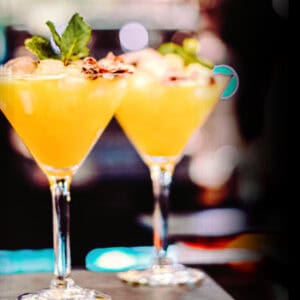
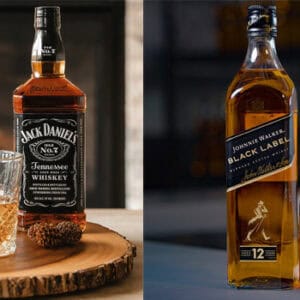
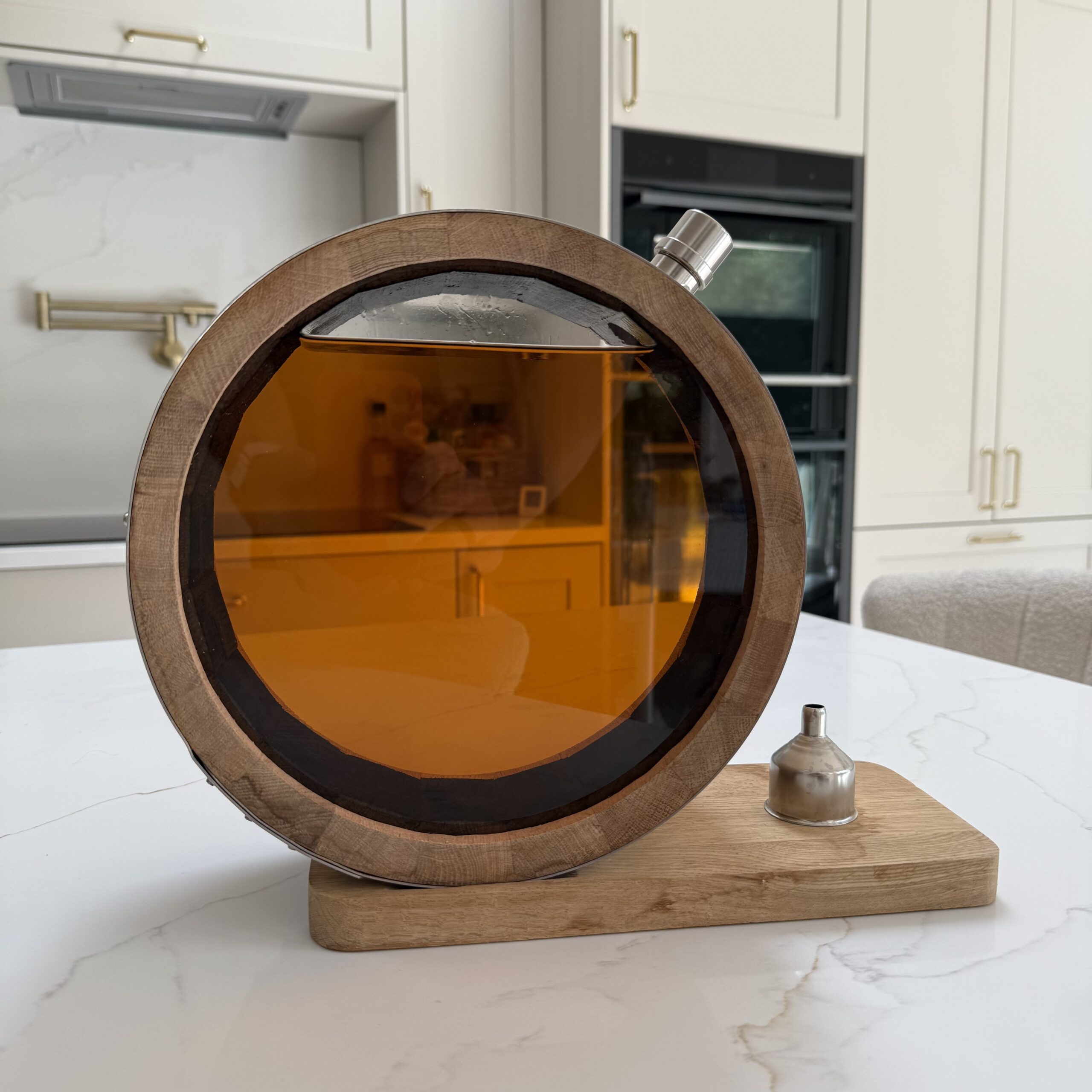
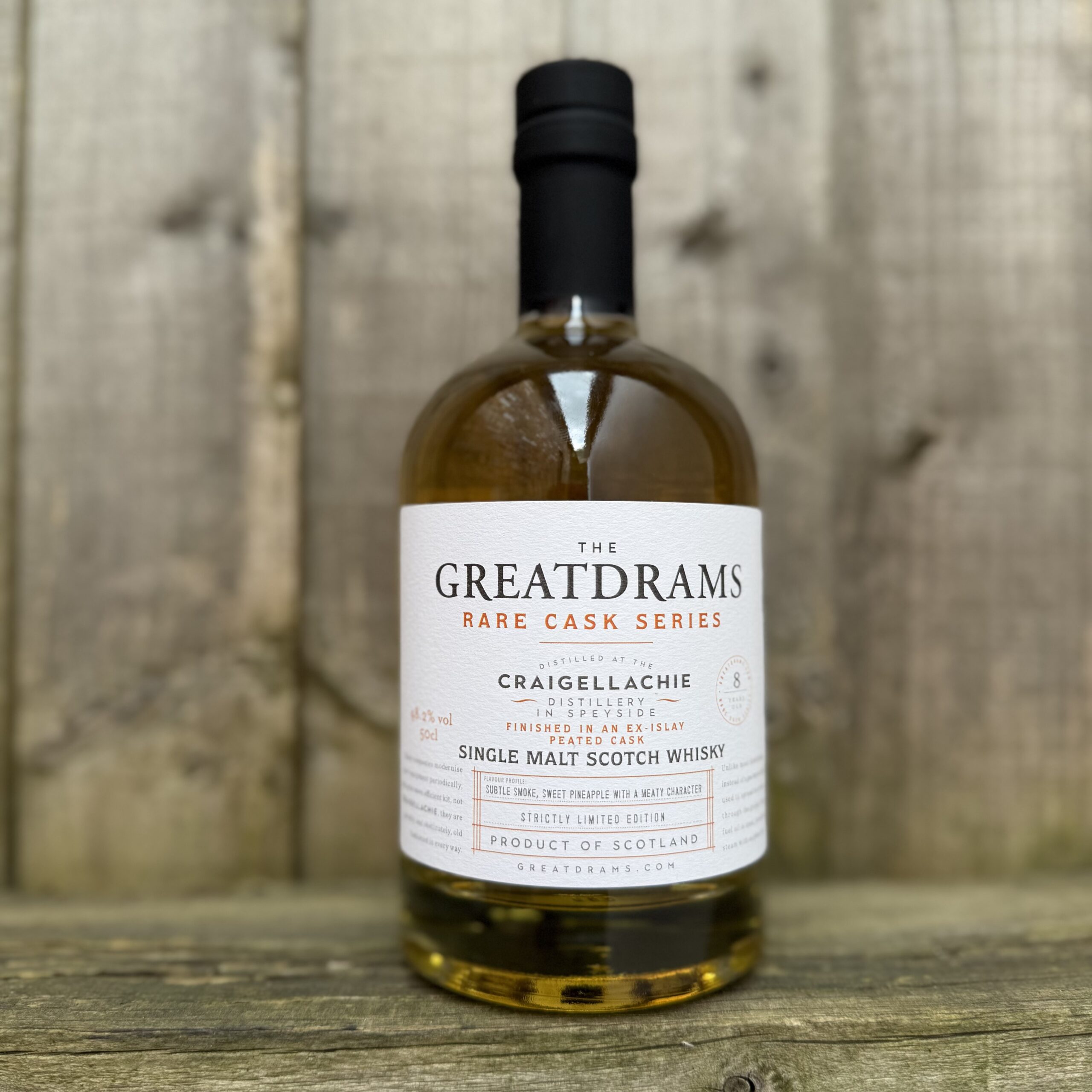
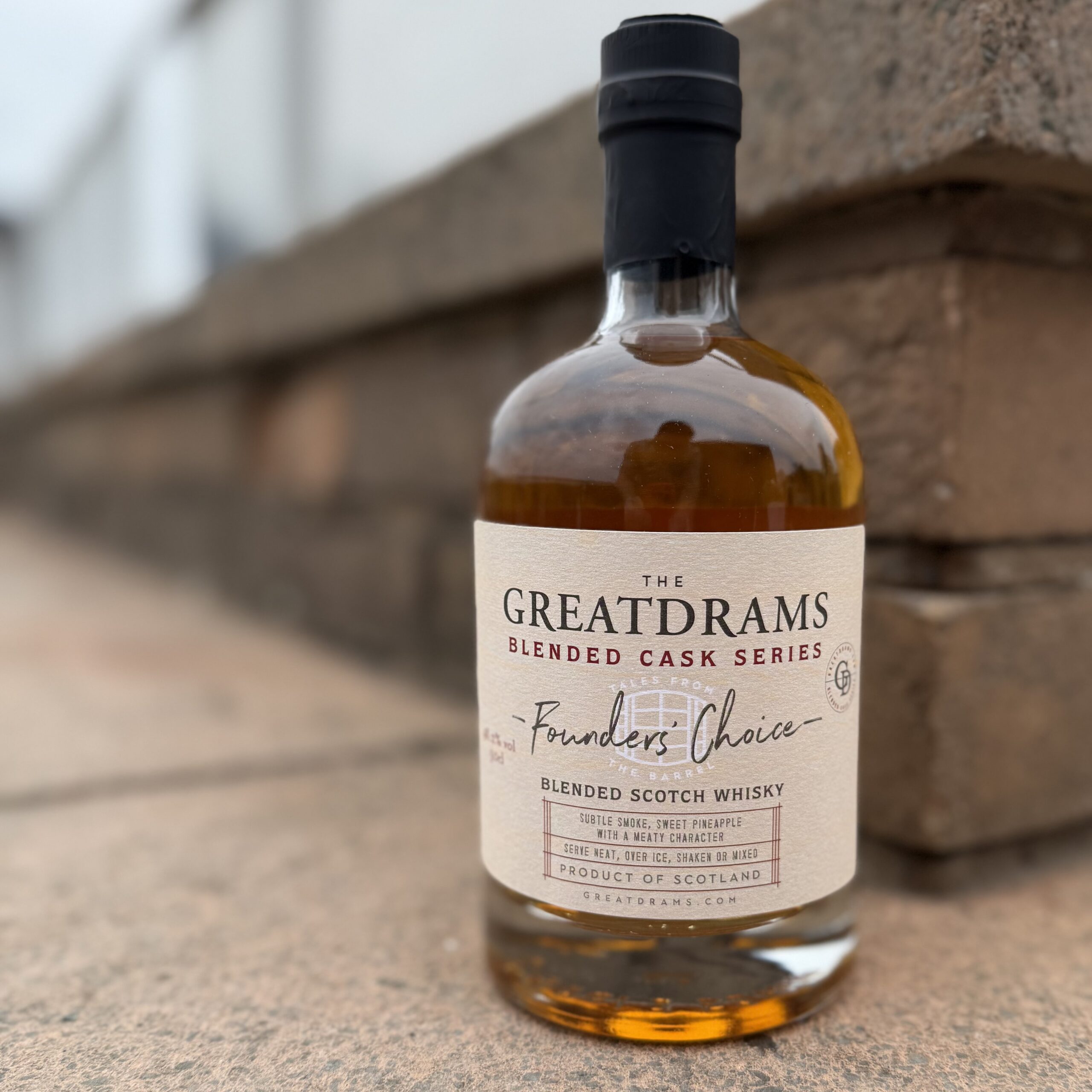

2 thoughts on “How Alcohol Consumption is Changing”
Yet sales of spirits are booming. How does this jive with this “low consumption, self-prohibition” movement.
Like eating sweets, what people say they do might differ greatly from what they actually do.